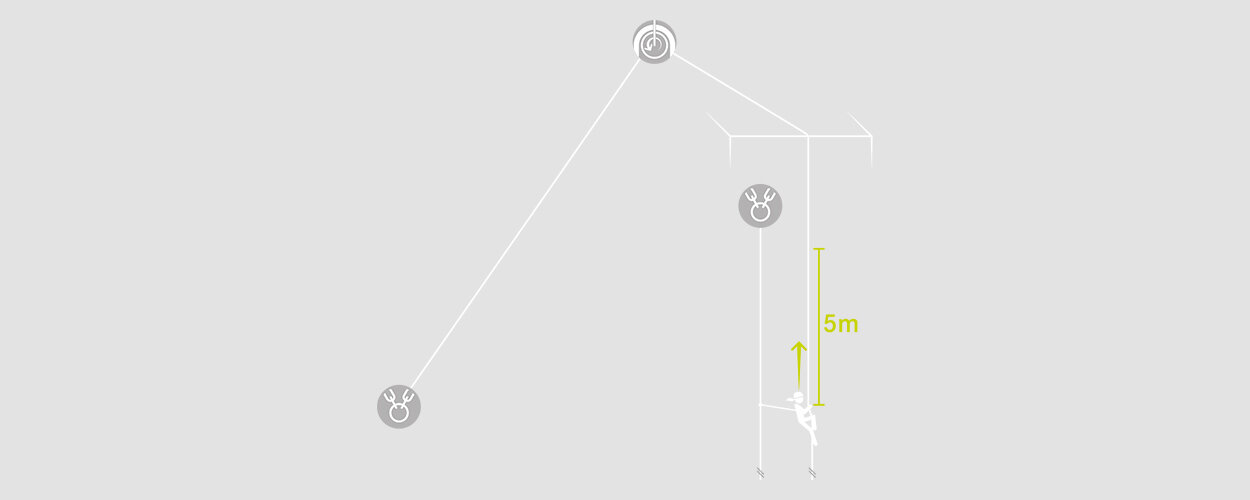Sharp objects and edges in the course of the rope are one of the main risks in all activities on ropes, regardless of whether in commercial rope access or in alpine use. The national associations for rope access have developed and published a hierarchical series of measures to protect the rope, for example here.
These measures and recommendations must be followed in order to prevent damage to the rope from the outside.
In practice, however, situations can always arise in which a rope comes into contact with a critical structure despite all precautionary measures. As long as the rope is statically loaded and not moving, this does not generally pose a risk at first. However, when climbing on the rope in particular, movements of the rope on the edge occur due to rope elongation and these movements can quickly damage the rope.
In this publication, we have looked at the question of how quickly a rope can be damaged on an edge by ascent movements and which parameters have what effect.
The parameters we analysed were:
Ascent system
The ascent on the rope was carried out once using a hand ascender with a foot sling and a descender in the ventral eyelet of the harness. The outgoing hauling rope was deflected in the hand ascender.





